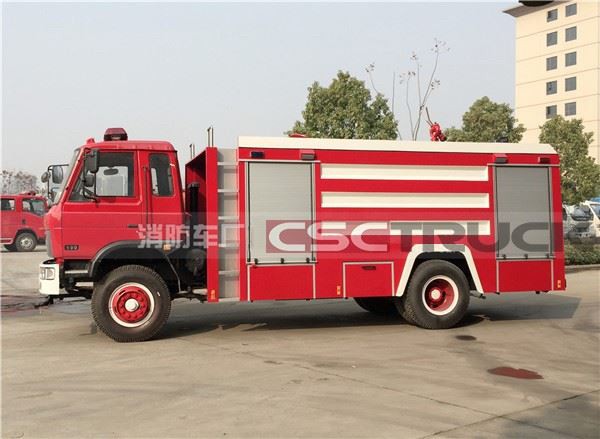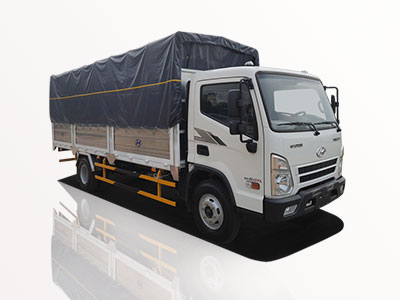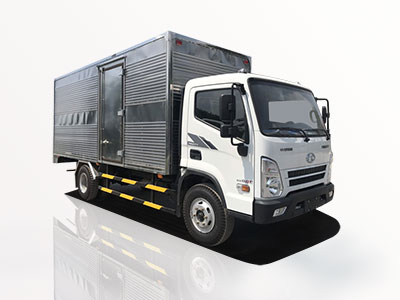The wheelbase of a vehicle refers to the distance between the front and rear axles. This critical measurement influences not only the vehicle’s stability and ride comfort but also its handling and overall performance. Understanding the wheelbase can help car buyers make informed decisions when purchasing vehicles and provide insight into how a vehicle may behave on the road.
Table of Contents
- What is Wheelbase?
- Types of Wheelbase
- Importance of Wheelbase
- How to Measure Wheelbase
- Wheelbase in Different Vehicle Types
- Wheelbase and Vehicle Performance
- Factors Influencing Wheelbase
- Practical Examples of Wheelbases
- Wheelbase Truncation Explained
- Frequently Asked Questions
What is Wheelbase?
The wheelbase is defined as the distance measured from the center of the front wheels to the center of the rear wheels. It is a critical dimension that affects many aspects of a vehicle’s performance and behavior on the road.
Key Measurements
Wheelbase measurements can vary significantly among different vehicle sizes and types. For instance:
| Vehicle Type | Typical Wheelbase (in inches) |
|---|---|
| Sedans | 100 – 118 |
| SUVs | 105 – 130 |
| Pickup Trucks | 120 – 160 |
| Luxury Vehicles | 110 – 130 |
| Sports Cars | 90 – 110 |
Types of Wheelbase
There are mainly two types of wheelbases: standard and extended.
Standard Wheelbase
A standard wheelbase refers to the usual distance between the axles for a given model. For example, sedans will have a wheelbase that typically ranges from 100 to 118 inches, while SUVs have larger dimensions.
Extended Wheelbase
Vehicles with an extended wheelbase have a longer distance between the front and rear axles compared to their standard versions. They offer more interior space, stability, and comfort, making them popular for larger families and commercial use.
Importance of Wheelbase
The wheelbase is crucial for several reasons:
1. Stability
A longer wheelbase generally contributes to vehicle stability, especially at high speeds. This is vital for preventing rollovers in taller vehicles like SUVs.
2. Handling
A shorter wheelbase allows for sharper turns and agile handling. Sports cars often have shorter wheelbases for improved maneuverability.
3. Ride Comfort
A longer wheelbase tends to provide a smoother ride by distributing weight more evenly during travel. This can mitigate the impact of bumps and rough road conditions.
4. Cargo Capacity
In vehicles like trucks, a longer wheelbase can translate to increased cargo space, accommodating larger loads more securely.
How to Measure Wheelbase
Measuring the wheelbase of a vehicle is quite straightforward:
Step-by-Step Guide
- Park the vehicle on a level surface.
- Measure from the center of the front wheel to the center of the rear wheel using a measuring tape.
- Record this measurement in inches or centimeters as needed.
Wheelbase in Different Vehicle Types
Different vehicle types require different wheelbases, which cater to their specific functions:
Sedans
Typical sedans feature a shorter wheelbase that provides agility and efficient fuel consumption.
SUVs
SUVs tend to have longer wheelbases to provide better stability and a roomier cabin.
Trucks
Pickup trucks often have the longest wheelbases to carry heavy loads while maintaining stability.
Sports Cars
Shorter wheelbases in sports cars enhance off-the-line acceleration and cornering performance.
Wheelbase and Vehicle Performance
The relationship between wheelbase and vehicle performance is vital for understanding how a vehicle behaves in various driving conditions:
1. High-Speed Stability
Longer wheelbases provide better high-speed stability, which is key for highway driving.
2. Low-Speed Maneuverability
Vehicles with shorter wheelbases are more agile and can navigate tight turns better than longer-wheelbase cars.
3. Off-Road Capability
A longer wheelbase can improve an SUV’s off-road capability by enhancing traction and stability on uneven terrain.
Factors Influencing Wheelbase
Several design considerations influence a vehicle’s wheelbase:
1. Design and Engineering
Automakers consider both aesthetics and functionality when deciding on the wheelbase.
2. Intended Use
Cars intended for family use may have longer wheelbases compared to sports models designed for speed and agility.
3. Terrain Conditions
Vehicles made for rough terrains, like off-road SUVs, often feature longer wheelbases for improved stability.
Practical Examples of Wheelbases
To illustrate the influence of wheelbase, here are some practical examples:
Example 1: Honda Accord
The Honda Accord has a wheelbase of approximately 111 inches, making it stable yet maneuverable, ideal for family use.
Example 2: Jeep Wrangler
With a wheelbase of around 96.8 inches, the Jeep Wrangler is versatile for both on-road and off-road conditions.
Example 3: Ford F-150
The Ford F-150 boasts a wheelbase ranging from 121 to 145 inches, allowing it to carry heavy loads while providing a stable ride.
Wheelbase Truncation Explained
Wheelbase truncation refers to modifying the wheelbase length in a vehicle’s design. This can occur for several reasons:
1. Cost Saving
Manufacturers may truncate the wheelbase to reduce material costs without affecting the vehicle’s overall performance significantly.
2. Market Demand
Demand for compact vehicles may lead manufacturers to produce shortened versions of existing models.
3. Performance Adjustments
Performance-focused models often adopt shorter wheelbases for improved speed and agility.
Frequently Asked Questions
1. What is the ideal wheelbase for my vehicle?
The ideal wheelbase depends on your driving preferences. If you prioritize stability, a longer wheelbase is best; for maneuverability, consider a shorter wheelbase.
2. How does wheelbase affect fuel efficiency?
Generally, vehicles with shorter wheelbases can be more efficient due to lighter structures, but this also depends on engine type, weight, and aerodynamics.
3. Why do sports cars have shorter wheelbases?
Shorter wheelbases improve cornering ability and acceleration, which are crucial for high-performance vehicles like sports cars.
4. Can wheelbase modification improve vehicle performance?
Modifying wheelbase can enhance performance but may lead to stability issues if not done correctly. It’s recommended to consult professionals for such adjustments.
5. Does a longer wheelbase mean a safer vehicle?
While a longer wheelbase can contribute to stability in certain driving conditions, safety ultimately depends on many factors, including build quality and technology.
6. How does terrain affect wheelbase choice?
For uneven terrains, a longer wheelbase may be advantageous as it can provide better traction and stability, making it suitable for off-road vehicles.



